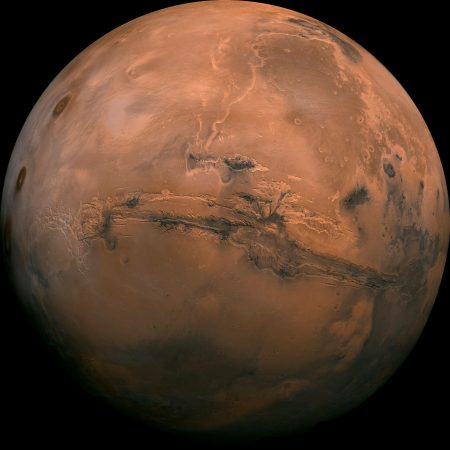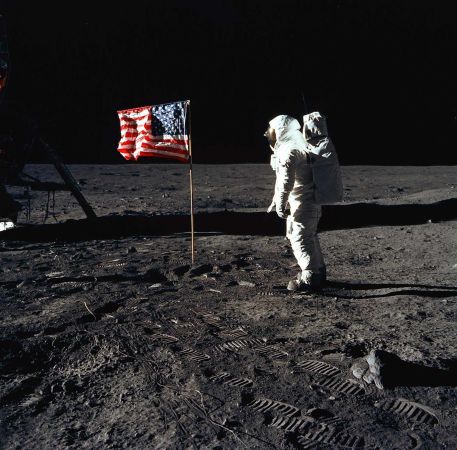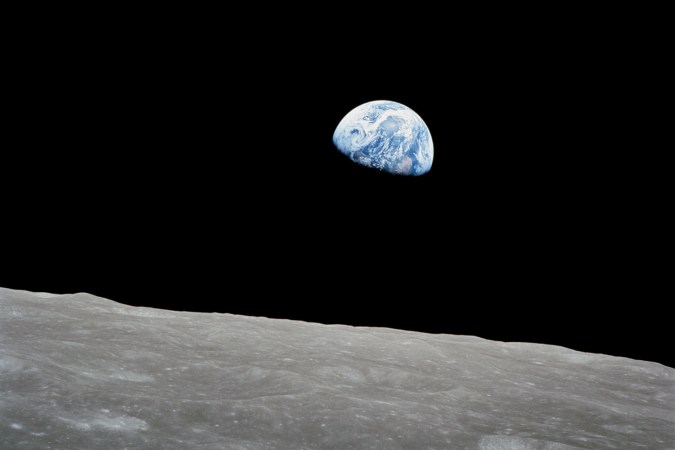

Mauna Kea is special. On that much, every stakeholder can agree. But that’s where the agreement stops.
The dormant volcano, whose peak is the highest point in the state of Hawai’i at almost 14,000 feet above sea level, is a sacred site to indigenous Hawaiians. It’s also prime scientific real estate. Some hope it will soon be home to the world’s biggest telescope—the Thirty Meter Telescope or TMT—which could peer back more than 13 billion years in time to the universe’s beginnings.
What’s happening?
All this has culminated in a historic conflict as attempts to construct the TMT get underway. A group of indigenous Hawaiians are peacefully protesting to protect their sacred site, while local authorities struggle with what action to take and the science community, including a number of indigenous Hawaiian scientists, works to figure out what to do next.
Local news source the Honolulu Star-Advertiser reported that more than 200 activists who blocked the access road to the mountain on Tuesday were prepared to be arrested if necessary. But the day ended with no arrests and no agreement between the authorities—who brought in non-local police as reinforcements—and the protestors. As of Wednesday morning local time, Hawaii News Now is reporting that arrests have begun.
“In what appeared to be a quiet and peaceful situation, officers took protesters away, one by one,” HNN staff report. “One man was seen being carried away by several officers just before 8 a.m. Another kupuna [older community member] in a wheelchair, who appeared to be crying, was being pushed away by an officer.”
How did we get here?
Construction of the TMT was slated to begin on Monday. The nearly $1.4 billion project has been in the works since 2009, but it’s been a slow and contentious process with protests at each step of the way, as reported by the Associated Press.
The mountain is of religious and cultural significance to native Hawaiians, but this is an issue of jurisdiction as much as it is about anything else: indigenous Hawaiians want control over their traditional territory, particularly when that land is sacred. “Mauna Kea, the sacred center of creation for Native Hawaiians, was ceded to the United States government from the Hawaiian Kingdom in 1989, and the language of colonization and sovereignty permeates the TMT debate,” Leandra Swanner wrote in a 2015 academic article.
“They’re trying to frame it as science versus culture,” activist and physician Kalama Niheu told Margaret Prescod of Sojourner Truth radio Wednesday morning, “but really it’s people versus oppression and extraction.”
There are already a number of smaller observatories and telescopes on the mountain, but the TMT would dwarf all of them. The massive telescope would be 18 stories tall and its site would be several acres wide.
For astronomy, “I think it’s an essential site,” astronomer and black hole expert Meg Urry of Yale University told Popular Science. Mauna Kea’s specific geography and its location are unmatchable, she says.
Local wind patterns mean the area has clear skies for much of the year, and Mauna Kea provides a high perch isolated from light pollution. “If you were going to hire an engineering firm to make a perfect site, it would be Mauna Kea,” she says. There are two TMTs being built right now in Chile, Urry says, but Mauna Kea’s would be the only one in the northern hemisphere, which would allow astronomers to look at a whole different section of the night sky.
“To me, a complicated, difficult, cutting-edge project like TMT would be a monument to human intelligence,” Urry says. But for native Hawaiians protesting the building of the TMT, it would be a monument to loss of sovereignty.















